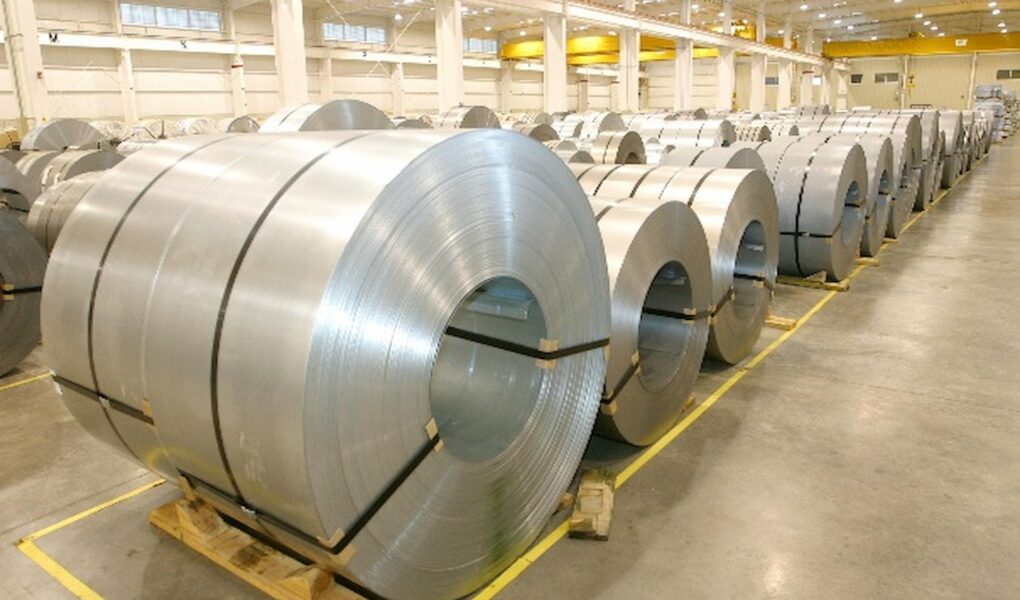The rising inclination toward the achievement of design and safety standards in the automotive sector is set to surge the demand for high strength steel over the forthcoming years. The surge is mainly being powered by the enforcement of stringent regulations, owing to which the material has emerged as significant in meeting the demands for safety and strength.
The COVID-19 pandemic had a mild impact on the performance of the market with major challenges being reduced demand from the construction and automotive industries and supply chain disruptions. The crisis has further affected the availability of raw materials that are required for the formation of steel alloys. However, an increase in efforts toward economic revival is touted to drive business growth in the coming years.
As cited by Fortune Business Insights, the global high strength steel market size is anticipated to hit a valuation of USD 54.07 billion by 2027. The market is expected to expand at 7.4% CAGR from 2020 to 2027.
Growing Demand For UHSS To Fuel Industry Landscape
In recent years, the automotive industry has recorded the soaring adoption of steel on account of its unique characteristics. As per World Auto Steel, steel is the best and easiest material that can be deployed for designing safe vehicles. The industry has registered a high demand for Ultra-High Strength Steel (UHSS) and Advanced High Strength Steel (AHSS). The materials help in the maintenance of safety requirements and the compliance of environmental standards.
The soaring product adoption can be mainly attributed to the property of excellent strength that makes the vehicle lightweight. This helps in decreasing the amount of CO2 emissions in vehicles via improved fuel economy, leading to less damage to road surfaces. These factors are expected to propel the consumption of high strength steel across the automotive sector.
Asia Pacific: An Assessment Of The Regional Business Prospects
The Asia Pacific region is set to record a substantial rise in revenues over the forecast period. The surge can be mainly credited to an increase in strategic steps by major manufacturers in the region.
For instance, in January 2021, JSW Steel registered an escalating demand for value-added solutions amid the growing endeavor of industrial component manufacturers to decrease their dependence on Chinese imports. An increase in similar developments is touted to boost regional expansion in the coming years.
High Strength Low Alloy (HSLA) Registers An Increasing Demand
The industry has recorded an escalating demand for HSLA. The rise is being favored by a range of characteristics such as higher toughness, high formability, ductility, and high resistance to corrosion. An additional factor impelling market expansion comprises the surging product demand from building & construction applications.
Competitive Landscape: An Overview Of The Steps Taken By Leading Market Players
Prominent high strength steel companies are centered on the adoption of a range of initiatives such as mergers, acquisitions, collaborative agreements, and others for strengthening their position in the market. Numerous producers situated in Europe and North America are aimed at enhancing their presence in China and other countries in the APAC for expanding their product reach.
For instance, in June 2020, Fives was awarded a contract by POSCO for DMS 20Hi EcoMill, the company’s reversible cold rolling mill. The deal was aimed at processing GIGA steel – Twinning-induced Plasticity (TWIP) and Ultra Advanced High Strength Steel (U-AHSS) – for automotive applications.
Key Market Players
- United States Steel Corporation (U.S.)
- Baosteel Group Corporation (China)
- SSAB AB (Sweden)
- ArcelorMittal S.A. (Luxembourg)
- Gerdau S.A. (Brazil)
- CITIC Pacific Special Steel Holdings (China)
- HBIS Group (China)
- Novolipetsk Steel (Russia)
- Hyundai Steel Company (South Korea)
Way Forward
HSS is a significant material deployed in the designing of bridges and other infrastructures as its use requires a few supporting beams and enhances the distance between center spans. The following years are anticipated to record a surge in infrastructure development activities in numerous regions. The industry growth is set to be driven by the escalating consumption of steel in the electronics, equipment & machinery, marine, and aerospace industries.

